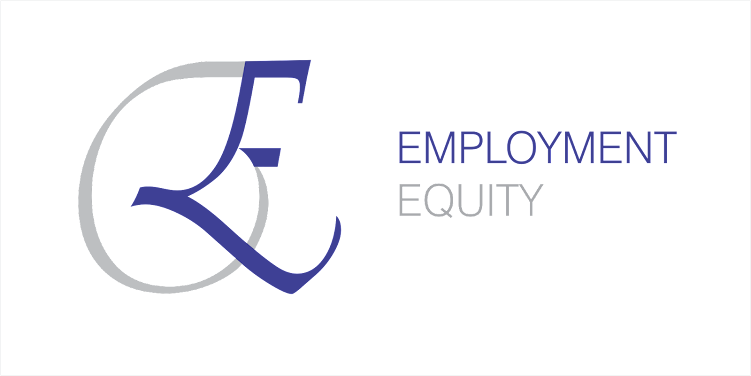Employment Equity Plans are strategic documents that outline an organisation's intentions to promote and achieve employment equity in the workplace. These plans are a requirement for 'designated employers' under South Africa's Employment Equity Act.
An Employment Equity Plan typically includes the following elements:
- Objectives for each year of the plan.
- Affirmative action measures that will be implemented to achieve these objectives.
- Where underrepresentation of people from designated groups has been identified, the numerical goals to achieve equitable representation.
- Timetables for each goal.
- The duration of the plan, which must be between one and five years.
- Procedures that will be used to monitor and evaluate the implementation of the plan.
- Internal procedures to resolve any disputes about the plan.
For instance, as a designated employer, ACME would be required to develop an Employment Equity Plan. This plan would outline ACME's specific goals and strategies for promoting employment equity within the company.
It would also detail the affirmative action measures that ACME intends to implement to ensure the equitable representation of people from designated groups in all levels of the workforce.
